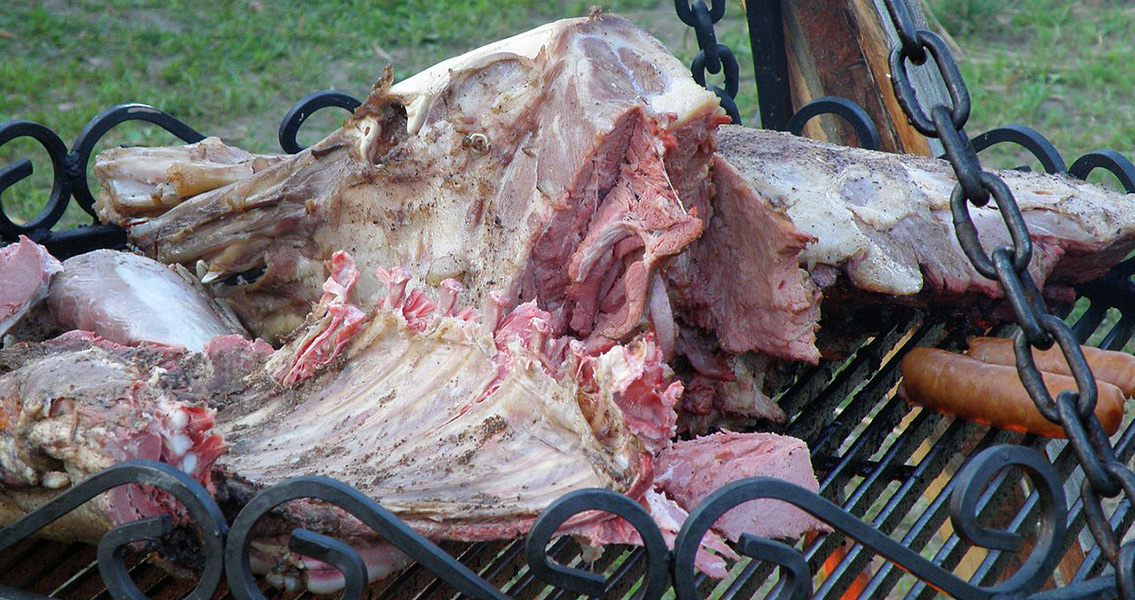<![CDATA[There is an ongoing debate about whether our early ancestors were hunters or scavengers and now a new study from Harvard University has provided support for the latter. The team led by Richard Wrangham, from the university’s human evolutionary biology department, found that cooking was probably a way to make scavenged carrion safer by killing most of the bacterial growth in it. When hominins mastered control of fire is still unclear, with suggestions varying from 400,000 years ago to as far back as 1.9 million years ago, the Daily Mail notes. However, according to Wrangham and his team, the role of fire as cooking heat has been mostly ignored by scientists studying the meat-eating habits of those early humans. Whenever these early humans started cooking, it was a major breakthrough that not only increased the energy value of meat but also made it safer for consumption. The researchers based their study on three hypotheses, all stemming from an assumption that early humans were scavengers as well as hunters, as suggested by earlier research as well as behaviour observed in modern-day hunter-gatherer communities. The first hypothesis, as laid out in their paper published in the Journal of Human Evolution, stated that bacterial colonies on the exposed parts of raw meat reached dangerous levels within 24 hours of the animal’s kill. The second one stated that roasting this potentially dangerous meat on hot coals – the technique supposedly used by early humans to cook their food – greatly reduced the toxicity of the meat and hence the risk of disease. The last hypothesis was that bone marrow contained lower levels of bacterial growth than meat – the two animal tissues commonly eaten by our ancestors. To test their hypotheses, Wrangham and his team used the carcass of a wild boar that was left outside out of the reach of scavengers. They measured the levels of common bacteria found in meat after twelve and 24 hours. After twelve hours, the levels of E. coli, staphylococci, and enterobacteria increased substantially and after twelve more hours these levels entered the dangerous zone, when they could seriously affect human health. When they then tested their second hypothesis by roasting the meat on hot coals, they found as much as 88% of the bacteria were killed, making the meat substantially safer to eat. Finally, they compared the bacterial levels in the flesh and the bone marrow and found that indeed the marrow contained much lower levels of bacterial growth than the flesh. Based on these results, the scientists suggest that early people may have scavenged the meat left on carcasses by large predators and they may have had a preference for bone marrow, which the predators’ teeth could expose for them. They wouldn't have been able get to the marrow themselves because of their weaker jaws. The conclusion was that in addition to fresh meat from their own kills, early humans also enriched their diet with meat from carrion, making it safe for consumption by cooking it. Interestingly, humans are not the only species that prefers cooked to raw meat. Modern chimpanzees have also been found to have a preference for cooked meat. For more information: “The significance of cooking for early hominin scavenging” Image courtesy of Wikimedia Commons user: Alina Zienowicz Ala z ]]>
Fire Made Scavenging Safer for Early Humans
